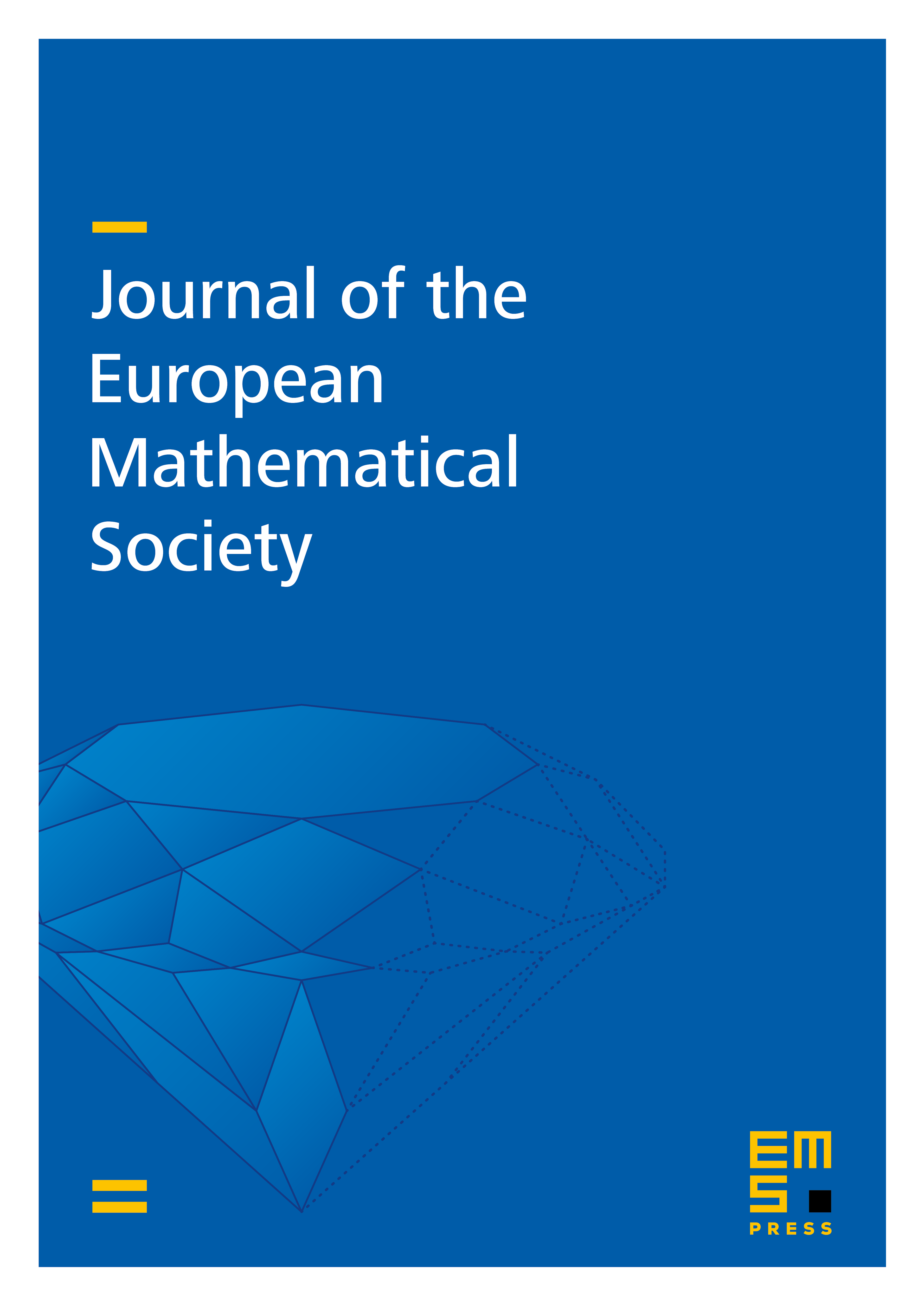Macroscopic loops in the loop model at Nienhuis' critical point
Hugo Duminil-Copin
Institut des Hautes Études Scientifiques, Bures-sur-Yvette, France and Université de Genève, SwitzerlandAlexander Glazman
Universität Wien, AustriaRon Peled
Tel Aviv University, IsraelYinon Spinka
The University of British Columbia, Vancouver, Canada

Abstract
The loop model is a model for a random collection of non-intersecting loops on the hexagonal lattice, which is believed to be in the same universality class as the spin model. It has been predicted by Nienhuis that for , the loop model exhibits a phase transition at a critical parameter . For , the transition line has been further conjectured to separate a regime with short loops when from a regime with macroscopic loops when .
In this paper, we prove that for and , the loop model exhibits macroscopic loops. Apart from the case , this constitutes the first regime of parameters for which macroscopic loops have been rigorously established. A main tool in the proof is a new positive association (FKG) property shown to hold when and . This property implies, using techniques recently developed for the random-cluster model, the following dichotomy: either long loops are exponentially unlikely or the origin is surrounded by loops at any scale (boxcrossing property). We develop a “domain gluing” technique which allows us to employ Smirnov’s parafermionic observable to rule out the first alternative when and .
Cite this article
Hugo Duminil-Copin, Alexander Glazman, Ron Peled, Yinon Spinka, Macroscopic loops in the loop model at Nienhuis' critical point. J. Eur. Math. Soc. 23 (2021), no. 1, pp. 315–347
DOI 10.4171/JEMS/1012